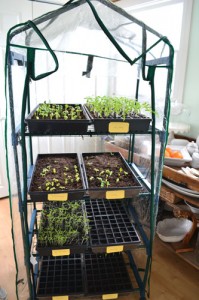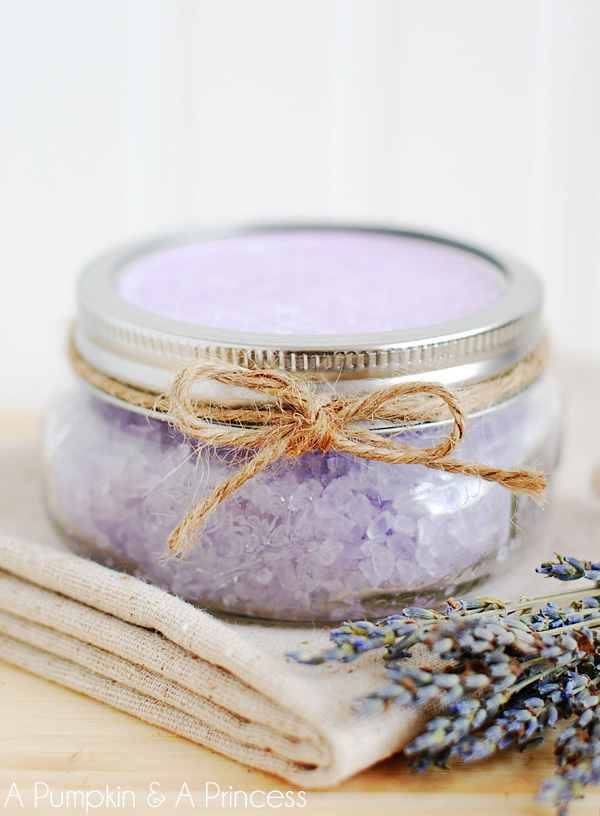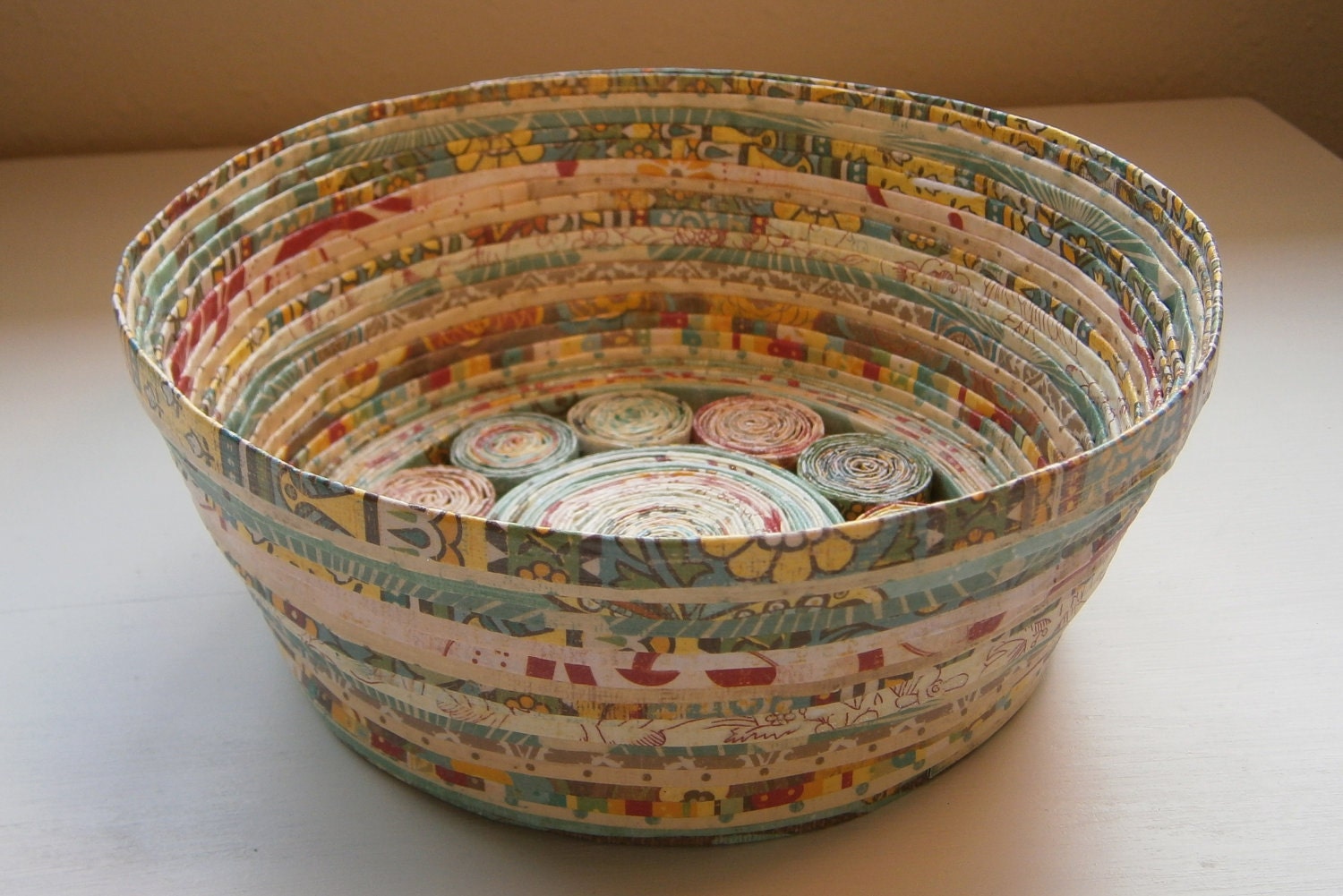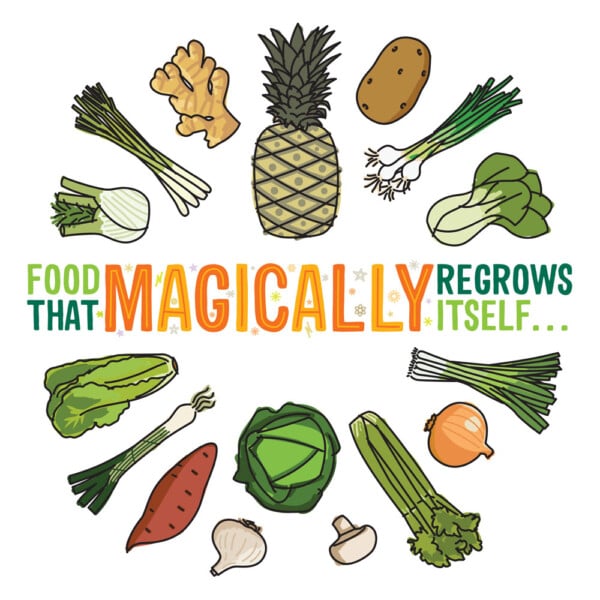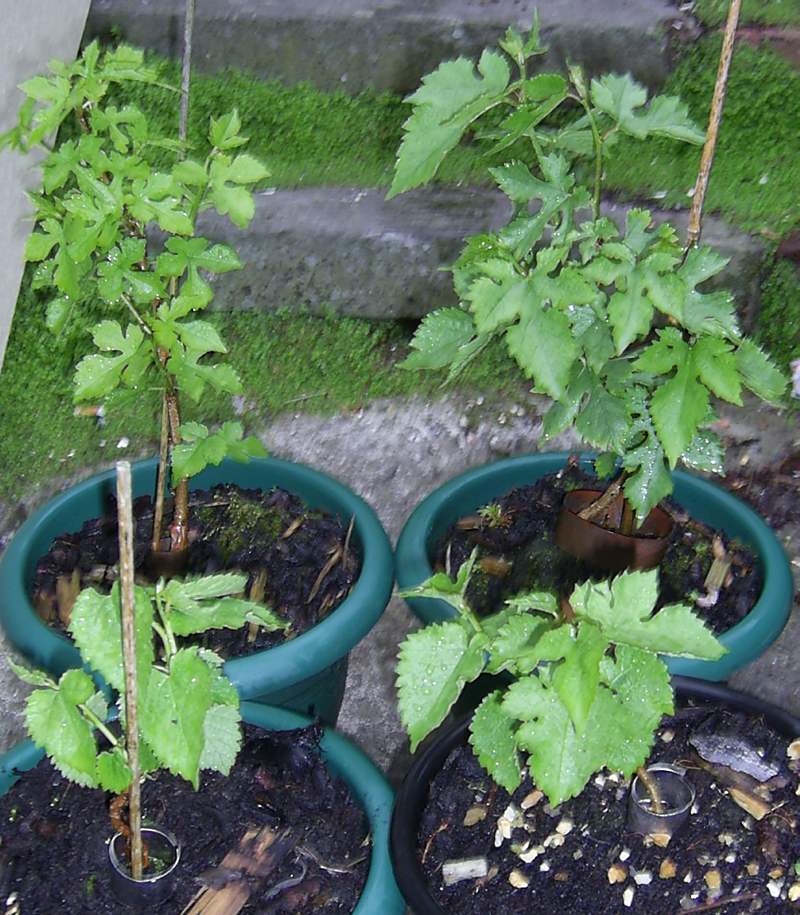 I have bought $75 worth of seeds so far, and I made an investment for a greenhouse. It is a small greenhouse but it will house at least 100 starter plants. The brand of greenhouse is Garden Plus according to Lowes' website: here, but the box reads "Garden Treasures" brand with dimensions of 27 x 19 x 64 inches. The Greenhouse is made with heavy duty plastic sheeting with zipper and wire shelving for air circulation.
I have bought $75 worth of seeds so far, and I made an investment for a greenhouse. It is a small greenhouse but it will house at least 100 starter plants. The brand of greenhouse is Garden Plus according to Lowes' website: here, but the box reads "Garden Treasures" brand with dimensions of 27 x 19 x 64 inches. The Greenhouse is made with heavy duty plastic sheeting with zipper and wire shelving for air circulation.With transparent sheeting and a couple of pieces of wood, you could easily make a Mini Greenhouse for $5-10. From Lowes, I spent nearly $40 on this item. Actually, I have mentioned in a previous post how other gardeners have made greenhouses with little materials and little money: Construct a Greenhouse using free materials.
Usually, my home is used as a temporary greenhouse in the Spring season. Unfortunately I run out of space for all my starter plants. I germinate over 500 seeds indoors during Spring. With the Mini greenhouse, I use it indoors which save floor space. The greenhouse will utilize wall (vertical) space, which I can spare--unlike Floor space.
At the beginning of March or end of February, I will start the crops with a long growing season, such as Tomatoes, Cabbage, Beets, Brussels, Carrots, Celery, Collards, Kohlrabi, Leeks, Onions, Parsley, Parsnips, Radish, Rutabaga, Swiss Chard, and Turnips.
As the nights warm (middle of May), I will relocate the greenhouse outside in a sunny location for growing Melons (which have a long growing season). In the Summer, I will put the Greenhouse in a partially shaded location for starting Fall crops to transplant in late summer for a harvest in the Fall & Winter.
In the Winter, I will bring the greenhouse inside to germinate Fruit seeds from Goji berries, Apple seeds, Pear, Peach, Plum, Apricot, Mulberry, gooseberry, and other Cold Hardy Fruits. As an experiment, I have been germinating and successfully started Tangerine and Lemon seeds. Actually the Tangerine and Lemon seeds sprouted while the Apple and Pear have not! Considering I live in a colder climate (Zone 6), I will be growing Tangerine, Lemon, Mandarin Orange, and Banana trees using sophisticated methods: Hugelkultur, Compost heating, Solar greenhouse, and Covering through the winter.
At least two of the Lemon seeds are sprouting, and three of the Tangerine seeds have sprouted and made two leafs. A picture below shows you one of the Tangerine sprouts.
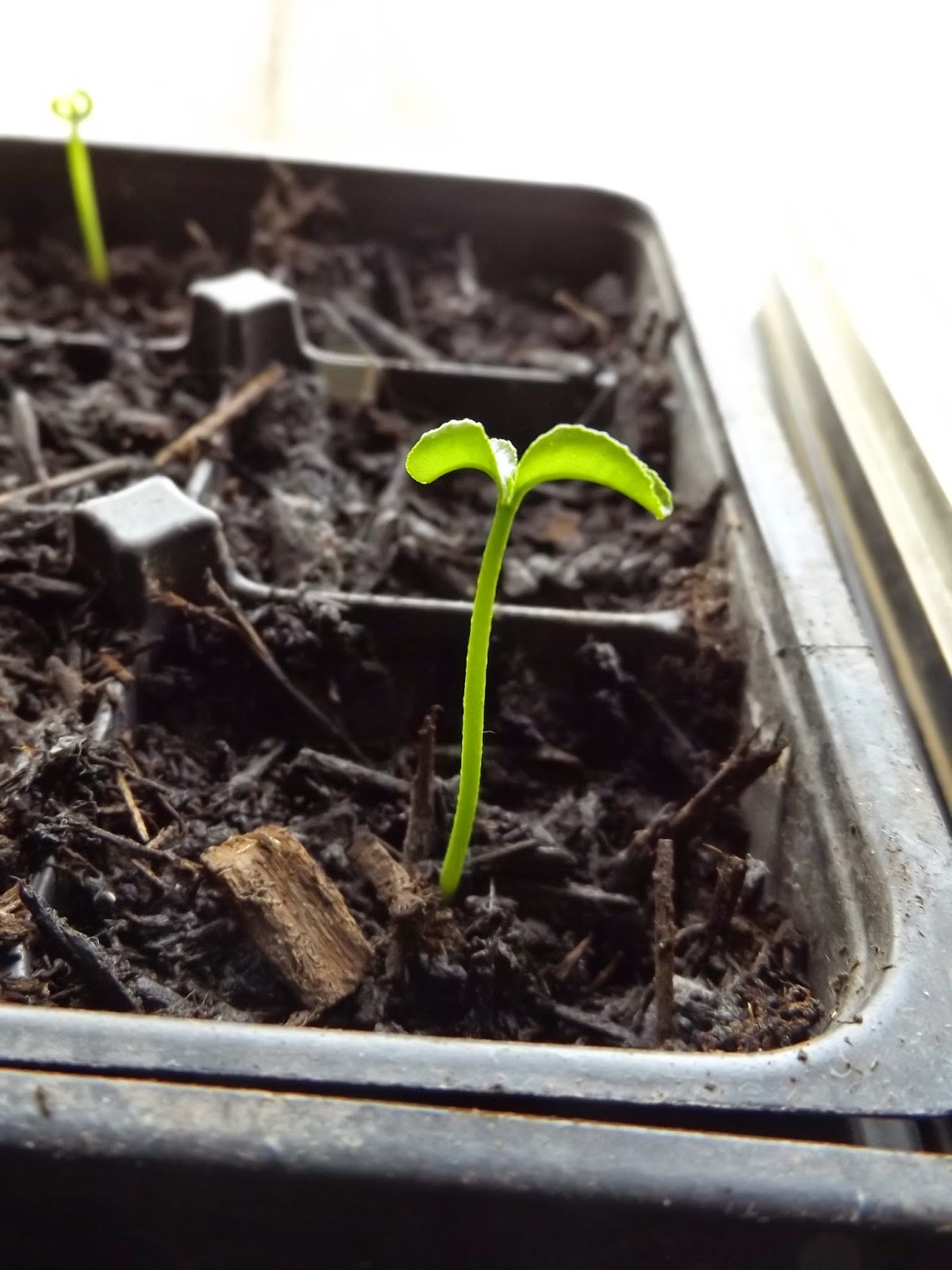 |
| can you tell I upgraded to a new camera with better picture quality? |
I was excited in getting the Greenhouse so I took a picture of my gratitude (in the first picture above). The remaining photos give you a visual of the maximum amount of space that can be utilized in Mini greenhouses...
 |
| photo source |
